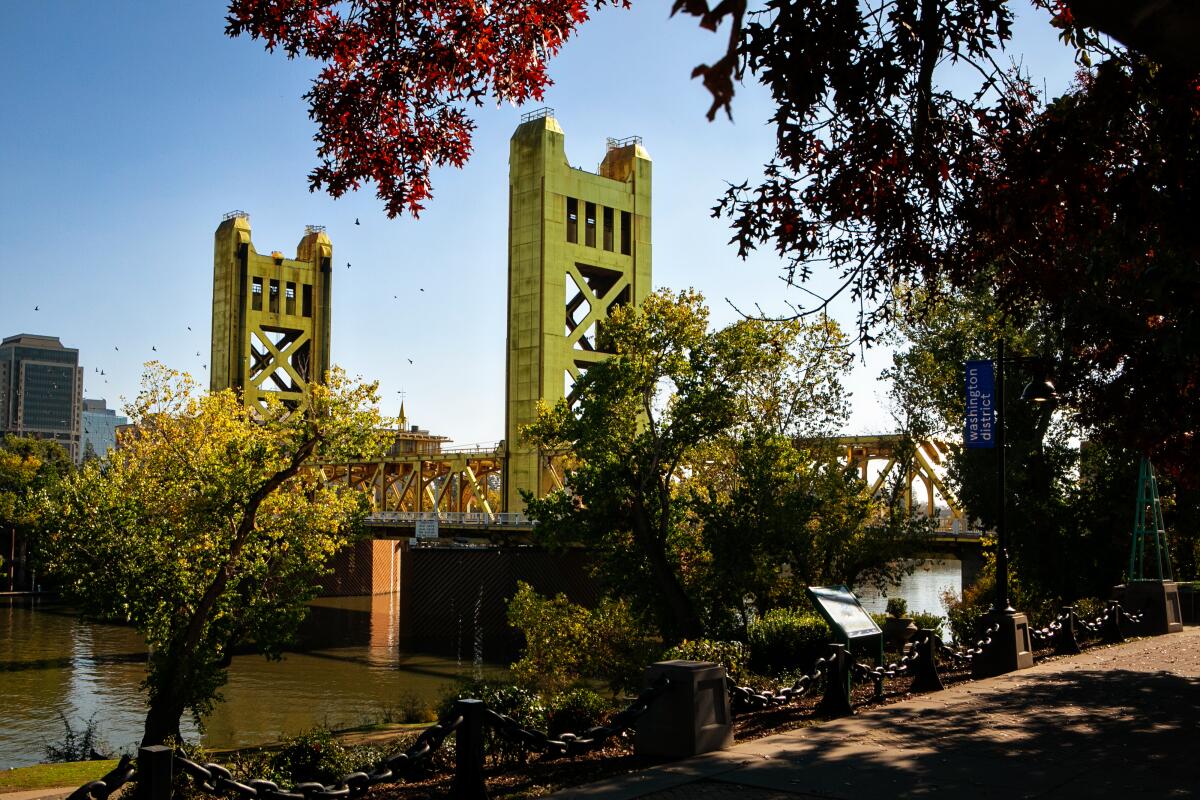
California’s most underrated big city is filled with small-town charms (and amazing food)
Be honest: If you were asked to list cities you’d want to visit in our great state, you’d probably go through at least 10 before you got to Sacramento, our capital. San Diego would be on it since it has beaches. Napa would be near the top because of the wine. But Sacramento? What does it have? Politicians?
Well, believe it or not, even the politicians didn’t choose Sacramento at first. When California became the 31st state on Sept. 9, 1850, its government designated San Jose as the official capital. The state capital moved twice more, to Vallejo and Benicia, before they finally settled on Sacramento in 1854. Construction of the capitol building as we know it today wasn’t completed until 20 years later.
Despite visiting many other state capitals, I hadn’t been to Sacramento. It wasn’t on my list. But some inexplicable force recently drew me to the town.
OK, maybe it was “Lady Bird.”
You, too, might have been clued into Sacramento’s charms by filmmaker Greta Gerwig’s 2017 solo directorial debut film. The loosely autobiographical coming-of-age story was Gerwig’s love letter to her hometown, and Sacramento was central to the titular character’s arc. At the beginning of the film, Lady Bird yearns to move out to a city with “culture.” But when she ends up in New York in the final scene, she admits in a touching phone call to her mother, “Did you feel emotional the first time that you drove in Sacramento? I did, and I wanted to tell you.”
So I made my first pilgrimage, booking the 1½-hour flight from L.A. to explore it for a weekend.
Planning your weekend?
Stay up to date on the best things to do, see and eat in L.A.
I admit that it wasn’t without some initial hesitation. Remembering a Stephen Colbert interview with “Lady Bird” star Saoirse Ronan didn’t help. The late-night host quipped, “I’ve been to Sacramento before. … I’m aware of how boring it is.”
But I knew Colbert was wrong as soon as I landed at Sacramento’s airport. It gleamed of glass and shimmered of chrome. New, modern and sleek, with a gigantic sculpture of a leaping red hare above baggage claim, it was one of the most impressive airports I’ve seen in the U.S. — and a sign that this city was going to surprise me.
And it did.
In that weekend, not only did I discover that Sacramento wasn’t boring, it’s got a little bit of everything. In downtown, I saw streetcars gliding along an avenue shaded under a canopy of trees. Other parts of town felt like walking in New York’s Central Park or Washington, D.C.’s Pennsylvania Avenue. Old Sacramento gave off both the boozy vibes of Bourbon Street and the cowboy vibes of Tombstone, Ariz. And when I saw the stately homes in East Sacramento, I fantasized about moving into one.
There’s also the fact that Sacramento has history in spades. It boasts 32 museums, including the Crocker Art Museum, the oldest art museum west of the Mississippi. The food scene is equally vibrant, with 15 restaurants featured in the Michelin Guide, two of which are starred. It helps that Sacramento is surrounded by 1.5 million acres of agricultural land. In fact, in 2012, the city began its Farm-to-Fork Festival to highlight the symbiosis between local farmers and the region’s top chefs.
So, like Lady Bird, I did feel a little bit emotional the first time I drove in Sacramento. It’s an unexpectedly charming town that I wholly underestimated. And it’ll charm you too. Start with these eight places that can be experienced during one weekend this fall in California’s most underrated big city.
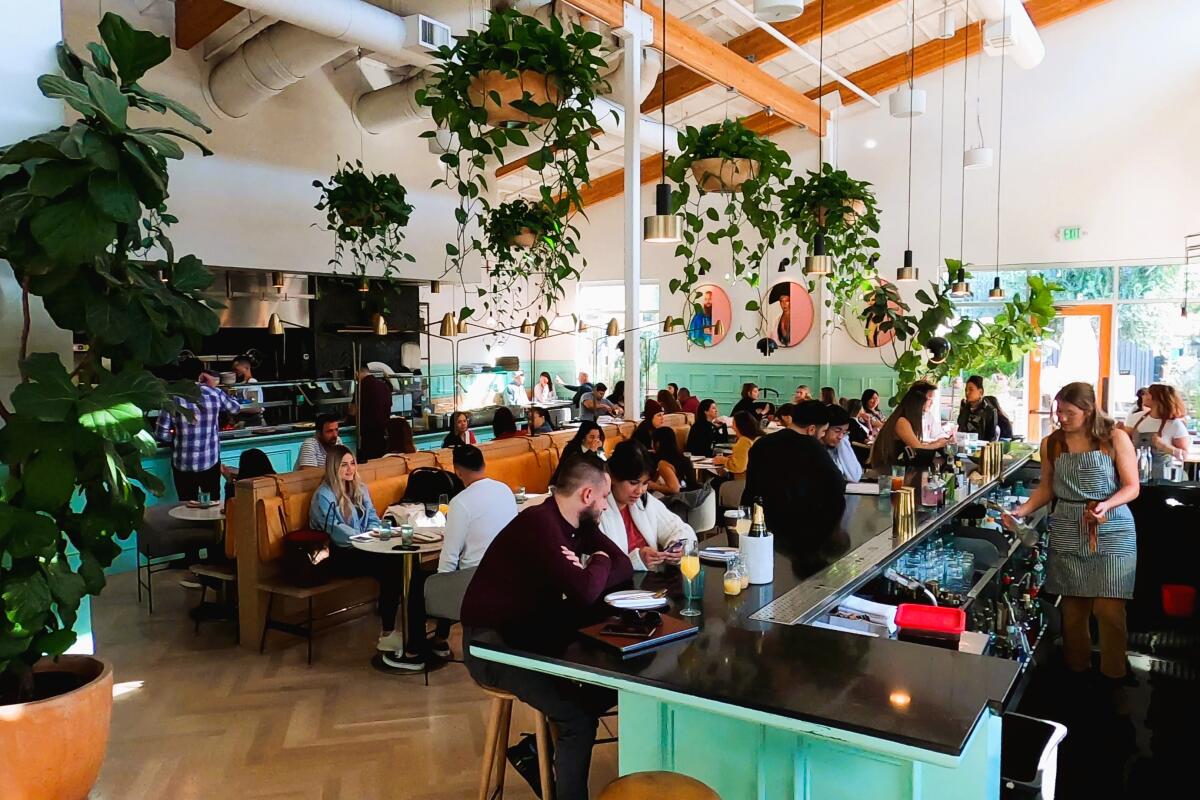
Savor a decadent brunch at Beast + Bounty
Executive chef Brock Macdonald and restaurateur Michael Hargis, who developed the concept together in 2018, are Sacramento’s dining dynamic duo. They boast five other hip eateries in the area, but Beast + Bounty is arguably their pride and joy. The restaurant is listed in the Michelin Guide, which describes it as “plain gorgeous” and its dishes as “well-balanced and neatly executed.” And it isn’t wrong.
As you chew your eggs, you’re soothed by the swaying potted plants hanging above you and the calming white, baby blue and soft pink color scheme of a space as tall as the 1920s brick wall behind the bar. You realize then that this Instagrammable place represents the new Sacramento. And what surrounds it is a super cool mixed-use development called the Ice Blocks, which counts West Elm and Philz Coffee as tenants. In case you’re still peckish for doughnuts or ice cream after brunch, Michael Hargis’ Milk Money is just steps away.
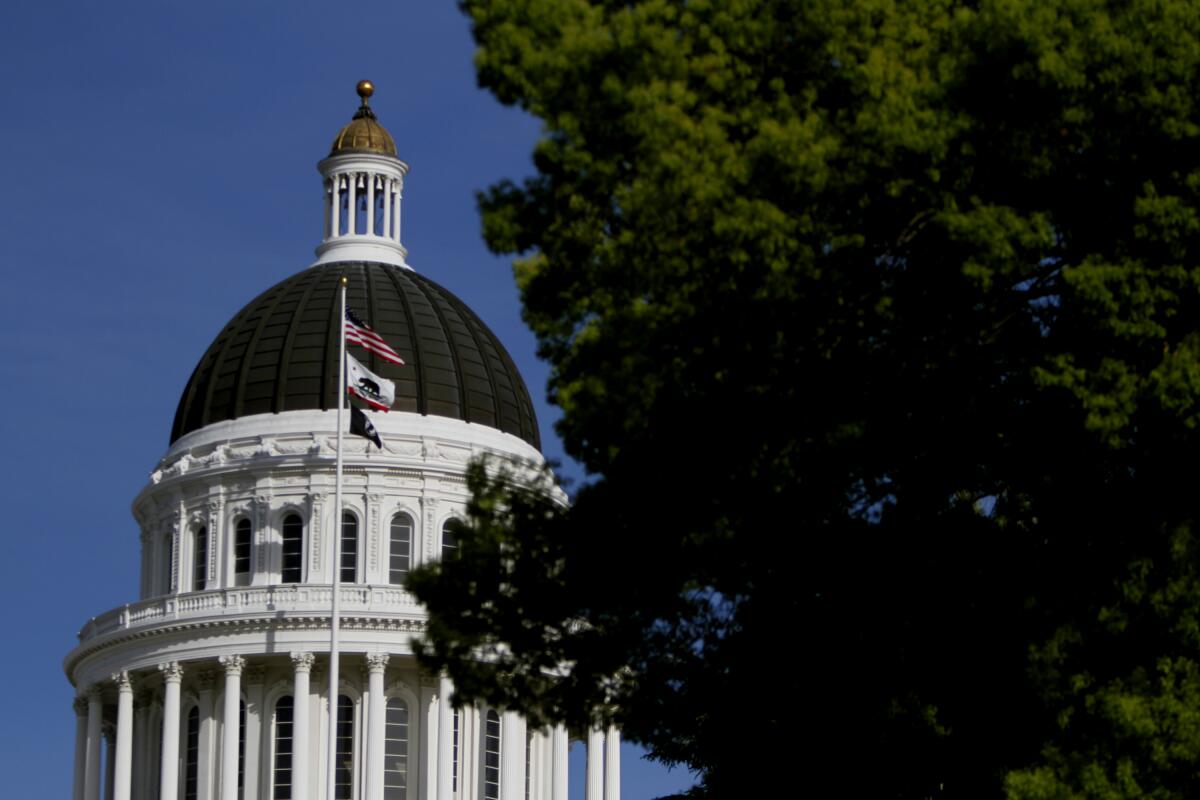
Take a free tour of Capitol Park
The tour is first-come-first-served for a maximum of 25 people and requires no reservations, meeting at 13th Street and Capitol Avenue. Once it embarks, the guide takes you through not just the beauty but also the history of a park that was laid out in Victorian style as envisioned by Gov. Leland Stanford in 1863.
Camellia groves, a rose garden and native plants cover the 40 lush acres, which also holds nine monuments and memorials, including the Civil War Memorial Grove, the Firefighters Memorial and the particularly imposing Vietnam War Memorial.
And then there’s the State Capitol Building itself, which sits on the western edge of the park and is always abuzz with activity from protesters wielding signs, students on field trips and tourists taking selfies.
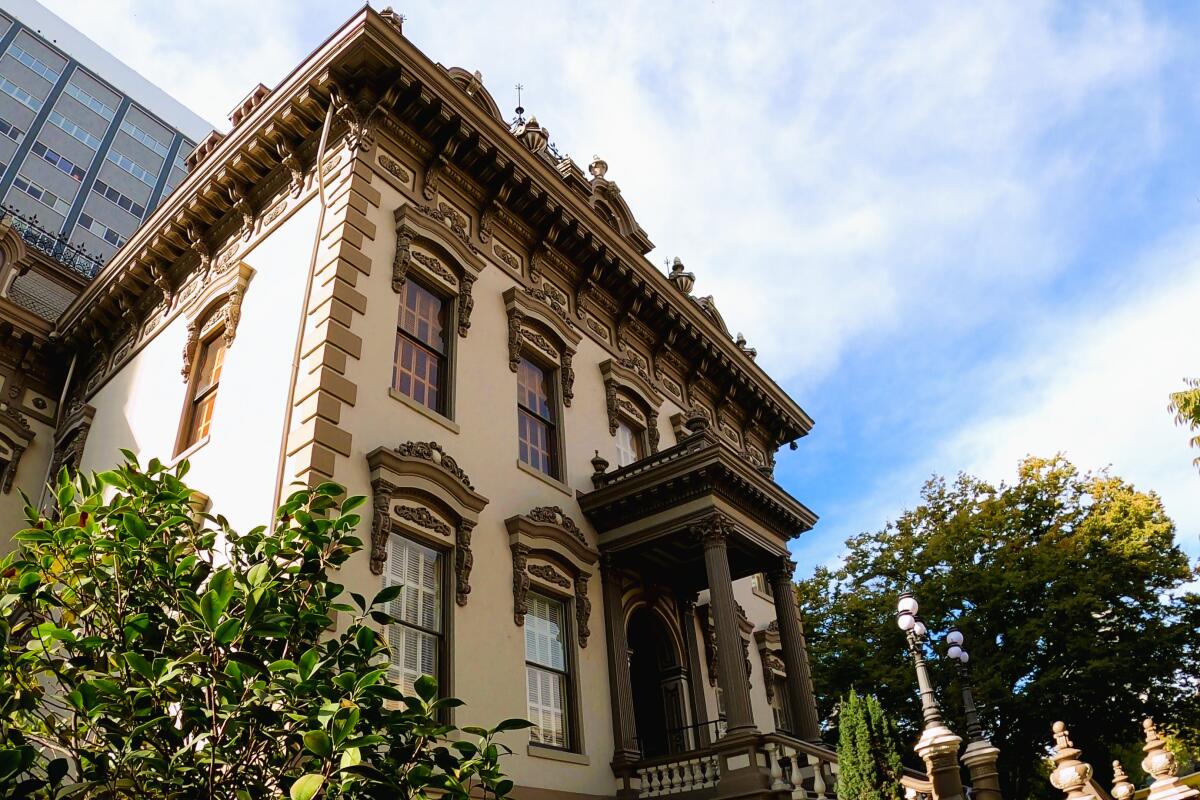
Wander the opulent rooms of Leland Stanford Mansion
You’ll learn more about the man and his family when you tour his mansion, which is less than a 10-minute walk from the State Capitol Building. Stanford used the home as his office during his gubernatorial tenure, as did two subsequent governors. Stanford died in 1893; in 1900 the home was donated by the family to the church. It served as an orphanage and a hospital during the 1918 influenza pandemic. The rooms used for that purpose are preserved in that state to this day and are part of the free one-hour tour offered by California State Parks, which purchased the property in 1978.
Since then, the mansion functions not only as a museum and a state historic park but also as an official reception venue for the governor to welcome visiting dignitaries. This year, Gov. Newsom directed state park staff to decorate the mansion for Halloween and offered special reservations-only nighttime tours on select days.
The free daytime tour of this 19,000-square-foot national historic landmark is offered daily from 10 a.m. to 5 p.m. And though no photo taking is allowed inside, your guide will regale you with stories you’ll remember well after you leave.
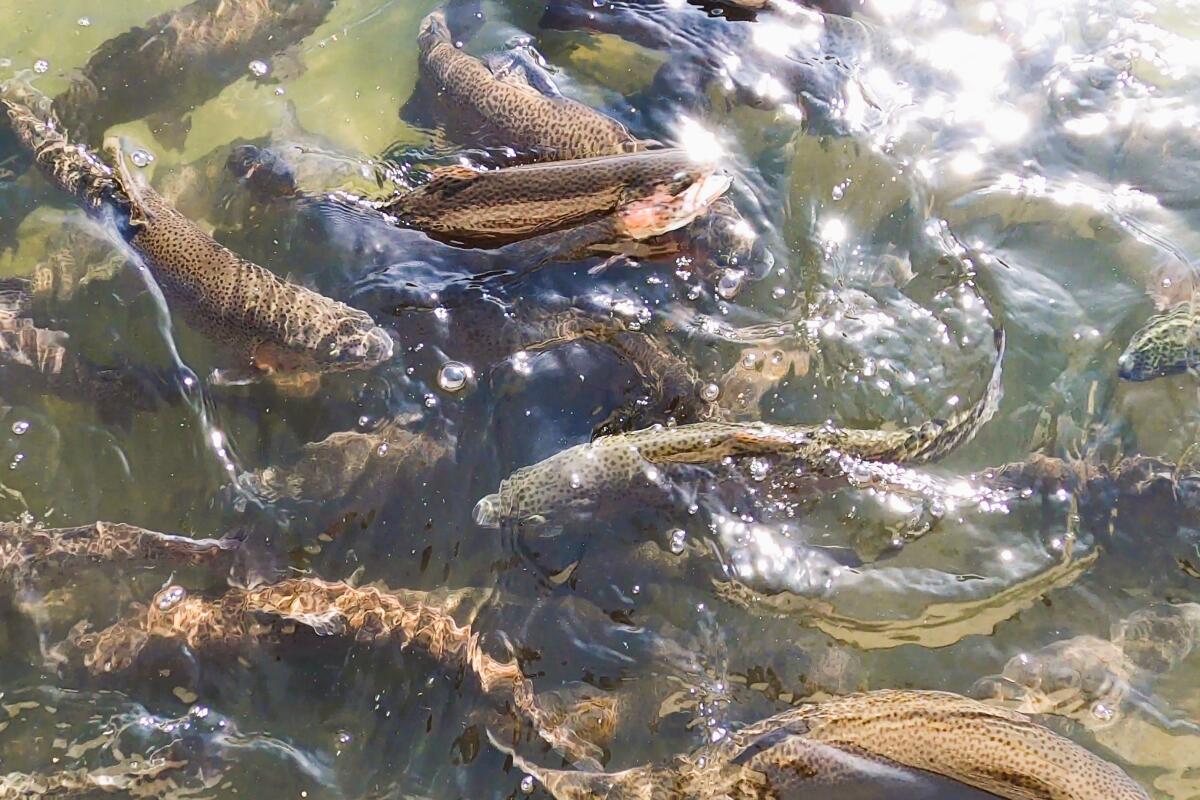
Feed Chinook salmon at Nimbus Fish Hatchery
The story of the hatchery starts in the mid-1950s when Nimbus Dam and Folsom Dam were constructed to control flooding. But that cut off the Chinook salmon and steelhead trout from migrating to their natural spawning areas.
Built and funded by the Bureau of Reclamation and operated by the California Department of Fish and Game, the hatchery mitigates the loss of that spawning habitat by maintaining salmon and steelhead populations to the order of 4 million juvenile Chinook salmon and 430,000 steelhead trout per year.
It does so by using a system of weirs, raceways, holding ponds and fish ladders. The fish ladder is just as it sounds: a series of steps on which water flows that draw the fish — whose instinct is to swim and jump upstream — into the hatchery. In 2021, the hatchery installed a brand-new fish ladder that has see-through windows along its side so that visitors can get a fish-level view of the action.
The ladder usually is opened around the first week of November for the salmon run and remains operational until the steelhead trout run in the winter. During these peak times, it is a very popular site for school field trips. But anyone can visit for free anytime they’re open (daily from 8 a.m. to 3 p.m.) to see if the fish are running. A fun activity is to pay a quarter for fish food and then scatter the feed over the raceways, where thousands of voracious juvenile salmon feast and grow for six months until they’re ready to transition to ocean waters.
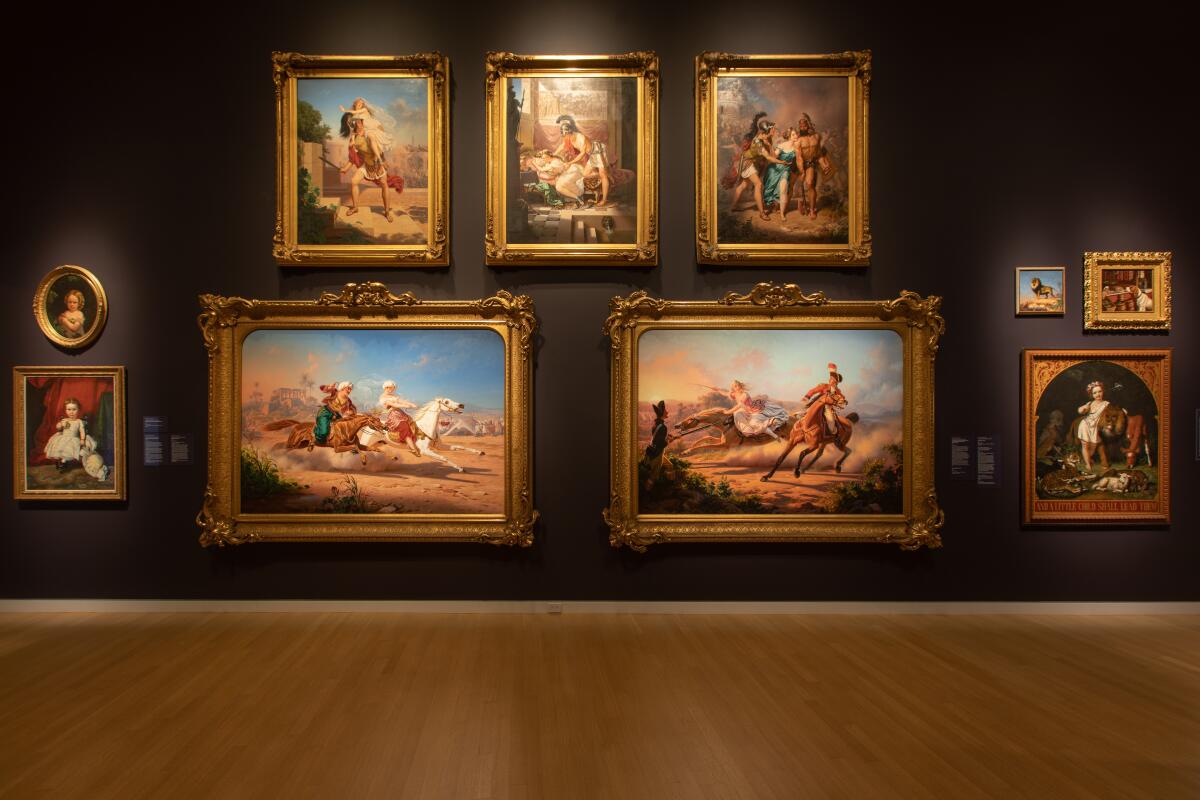
Be inspired by art that spans centuries at Crocker Art Museum
And while Getty, Simon and Broad never lived in their museums, “the Crocker” — as locals call it — was the actual home of Edwin B. Crocker. Judge Edwin Bryant Crocker, that is, who was born in New York, trained as a civil engineer and was a lawyer and abolitionist before he moved to Sacramento. In 1863 Gov. Leland Stanford appointed Crocker as chief justice of the California Supreme Court. But he was already a wealthy man by then. Along with Stanford, Crocker was one of the partners of the Central Pacific Railroad Company.
E.B. ran the firm until his health declined. After a second stroke rendered him unable to move or speak, he retired from the company and spent his fortune touring Europe and acquiring art. Lots of art. To house his collection, he built a gallery next to his home. When it was opened to the public in 1874, it contained the largest private art collection in the country — more than the Metropolitan Museum of Art at the time. The Crocker Art Museum, as it’s now called, boasted “the world’s foremost display of California art” and became the only museum in the Sacramento area accredited by the American Alliance of Museums.
In 2010, a new modern building called the Teel Family Pavilion was erected to connect to the historic gallery structures, expanding the museum’s size more than threefold, from 45,000 to 145,000 square feet. Even with the expansion, what you see displayed is only about 15% of Crocker’s collection.
Still, it’ll take a $15 admission ticket and a few hours to fully explore the property, which is open Wednesday through Sunday from 10 a.m. to 5 p.m. (and until 9 p.m. on Thursdays). It spans three floors and seamlessly connects to the original gallery, which itself is designated a California Historical Landmark and listed in the National Register of Historic Places.
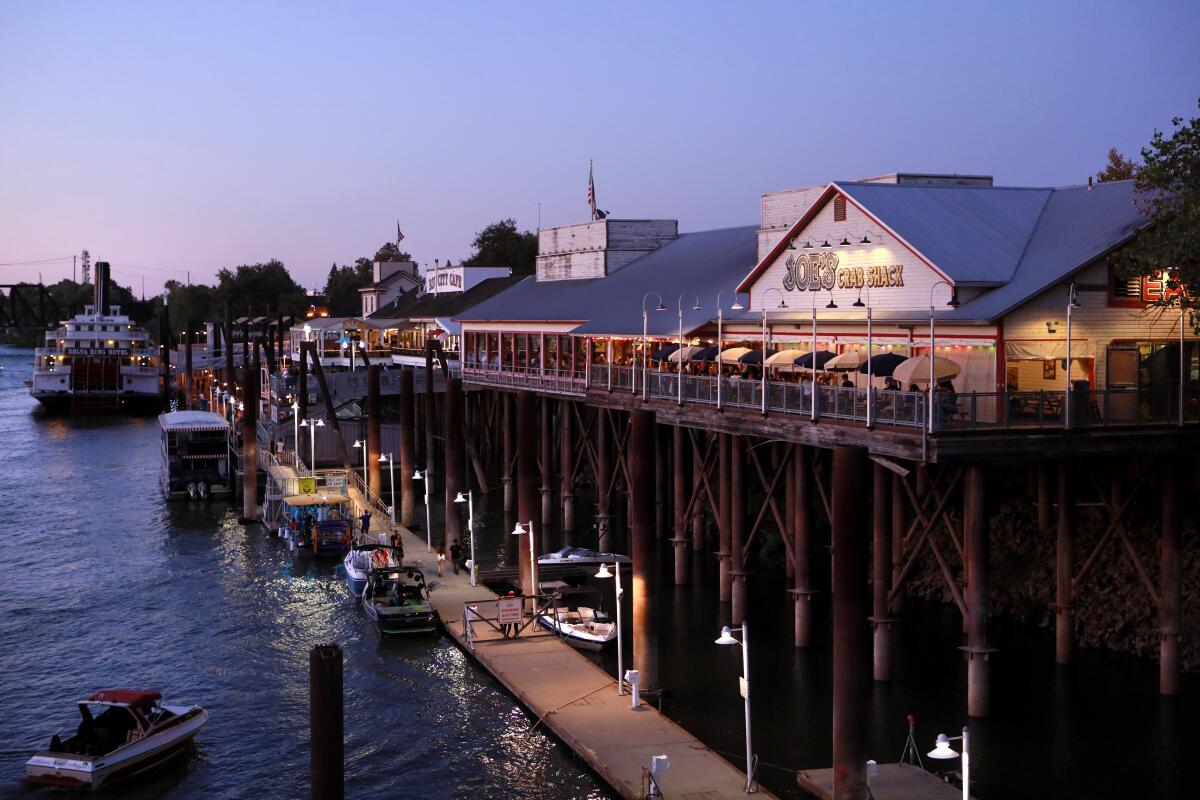
Stroll the cobblestone streets of Old Sacramento (and have a drink in the riverboat hotel)
After another devastating flood in 1863, an ambitious project to raise the entire city 18 feet was undertaken and several buildings were jacked up to escape the rising waters, including the Lady Adams, which stands to this day as Sacramento’s oldest commercial structure.
In the intervening years, the area fell into disrepair and was known as the “worst Skid Row east of Chicago.” In the 1960s, a revitalization effort began to preserve the area. These days, Old Sacramento is synonymous with kitschy fun and T-shirt and souvenir shops housed inside Old West buildings. A common tourist activity is to stroll aimlessly with a bag of fresh mini-doughnuts from Danny’s while trying to get a shot of the horse-drawn carriages that clop around the cobblestone streets.
History buffs have a bevy of options to occupy their afternoon. The district is home to the California State Railroad Museum (marked on this map), the California State Military Museum and the Sacramento History Museum, so finding parking can be a challenge.
And on the waterfront, there’s the Delta King. It’s a restored riverboat that serves as a hotel and has not one but two restaurants — a good spot to catch the sun setting over Tower Bridge with a drink in hand.
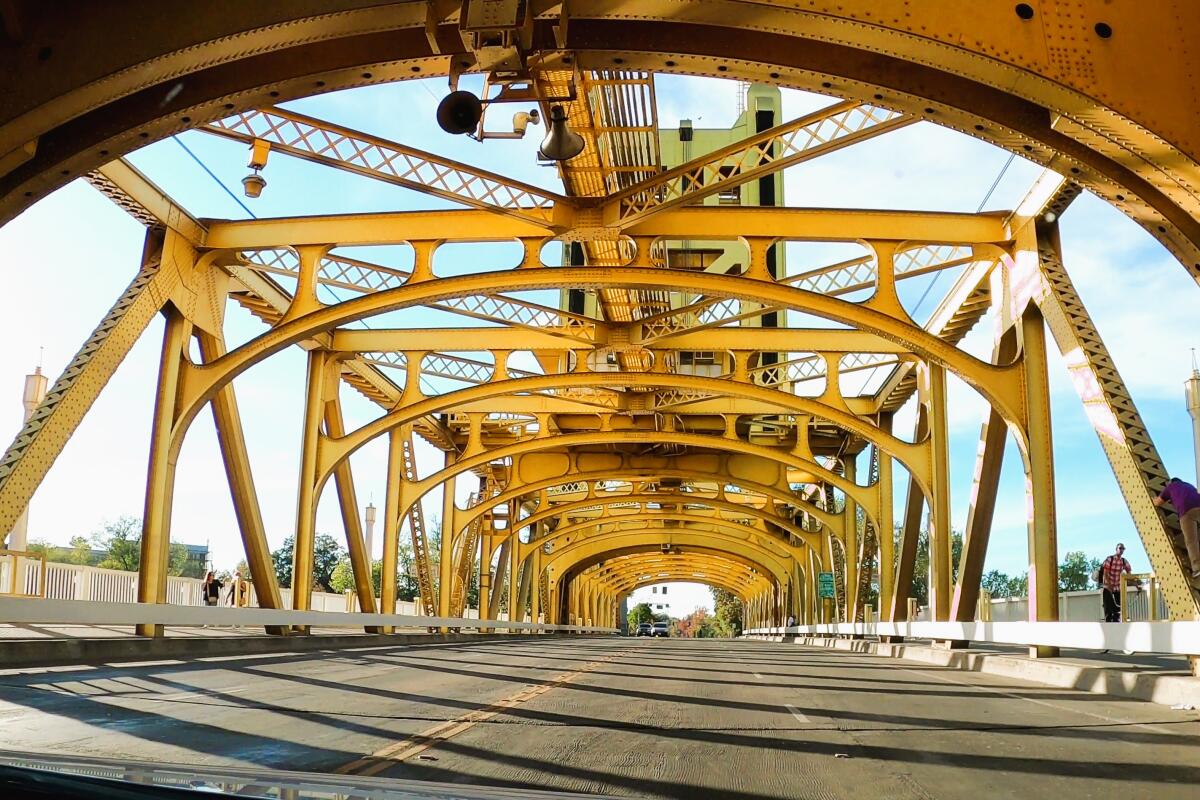
Try to get a shot of Tower Bridge as it gleams during sunset
Built to replace an older bridge as part of FDR’s New Deal, the Tower Bridge was constructed in the Streamline Moderne architectural style (an offshoot of Art Deco) and opened to vehicle and pedestrian traffic in 1935. But unlike the Golden Gate Bridge, it has moving parts. As the first vertical lift bridge in California, all 2.3 million pounds of its central span could ride up its two towers 100 feet above the Sacramento River to let boats pass through. The bridge lifts up only when needed, so as a motorist or pedestrian, you have to be lucky (or unlucky, if you’re late and need to be somewhere) to see it doing its thing.
But Lady Luck really has to be on your side if you want to dine on the bridge during the city’s Farm-to-Fork Festival held in early September. For the one-night-only event, which started in 2013, the bridge is closed off and dining tables are set up for a multicourse dinner cooked by the city’s best chefs. Reservations to purchase the rather exorbitant tickets are won through an online lottery that takes place two months before. Eat your heart out, Golden Gate Bridge.
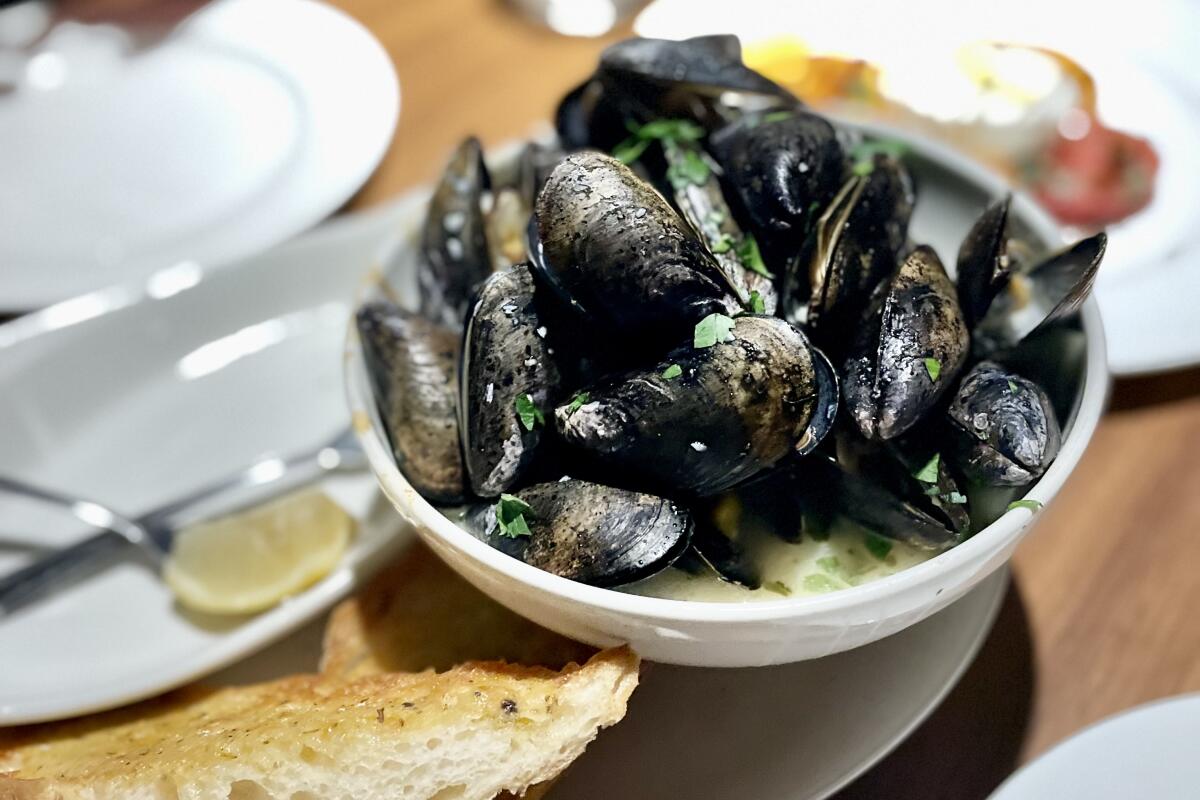
Have a romantic dinner at Bennett’s American Cooking
Bennett’s American Cooking is, however, purely Chef Bennett’s vision — a restaurant that’s actually a sequel to his first solo venture, Bennett’s Kitchen Bar Market, which he and his wife, Susan, opened in nearby Roseville back in 2019. And although the pandemic put a damper on their business, they rebounded in 2021 when they expanded by taking over the space left by Bandera across the river from Cal State Sacramento.
They kept the Bandera layout the same — bar in the middle surrounded by the dining area on the periphery — but they swapped out the U-shaped red booths for darker tones and dimmed the lighting. The mood it sets is conducive for a romantic dinner yet still suitable for a power lunch.
Customers from Bandera will recognize a salad with rotisserie chicken, goat cheese, avocado and dates that’s now called the MIA Salad. Paul Martin’s diners will find its brick chicken makes an appearance, but for a few bucks less. Seafood is prepared simply but expertly. PEI mussels are steamed with butter and garlic. Fresh fish is blackened and served with wilted spinach and a grilled lemon.
There are also burgers, steaks and chops, which are de rigueur in a place with “American” in its name. But Bennett’s recognizes that the definition of “American” cuisine in this day and age should also include banh mi and chile relleno — dishes that Paul Martin’s American Grill has yet to offer.
Subscriber Exclusive Alert
If you're an L.A. Times subscriber, you can sign up to get alerts about early or entirely exclusive content.
You may occasionally receive promotional content from the Los Angeles Times.



